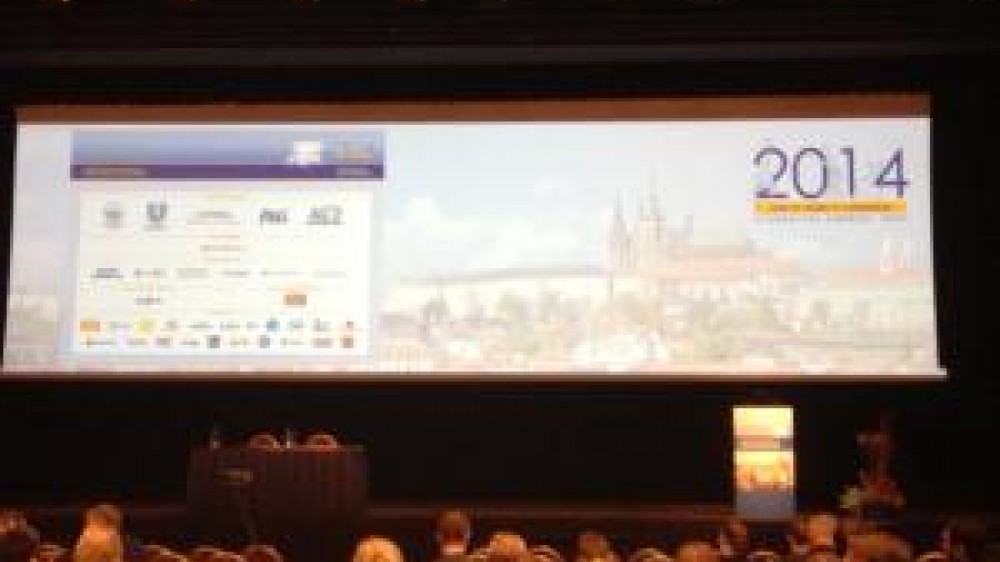Highlights from the 9th World Congress on Alternatives and Animal Use in the Life Sciences

About WC9
The four-day meeting brought together an international group of speakers to discuss a wide range of topics regarding the replacement, refinement and reduction of animals in research.
With the tag line, ‘Humane Science in the 21st Century’, the focus of the meeting was all about improving the way that scientific research is carried out, motivated by a collective desire to alleviate suffering. The World Congress, which included more than 450 oral presentations and 460 posters, set the stage for a host of discussions on the future implications of advanced cell and tissue culture technologies on the life sciences and also on the ethical issues surrounding the use of animals in research.
Spreading the NC3Rs word
Throughout the Congress, NC3Rs scientists spoke in six different sessions, on topics including the avoidance of severe suffering, non-human primate welfare, 3Rs research funding and scientific reporting, as well a presenting a poster on our work on microsampling. In addition, NC3Rs-funded researchers and other collaborators also gave talks, all demonstrating how new research models and approaches are enabling animal use and suffering to be reduced in practice.
Congress best bits
With such a vast amount of information available, we weren’t able to see everything that the Congress had to offer, but from the sessions that we did manage to attend between us, here are a few of our favourites.
‘Discussing the Role of Journals in Implementing the 3Rs’ considered practical steps taken by journals to maintain high standards of research involving animals and how editors can facilitate the implementation of the 3Rs. Topics discussed included open access models of publication, the role of impact factors and the quality of studies, as well as the implementation of reporting guidelines, such as the NC3Rs ARRIVE guidelines.
The workshop on ‘Establishing Criteria for an Independent 3Rs Index’, explored the possibility of benchmarking companies and other organisations on their approach to the 3Rs; a strategy which aligns closely with our work to encourage greater institutional commitment to the 3Rs. The workshop seemed to capture the interest of all present, as there was a lively discussion after the talks on how this idea could be progressed.
The keynote presentation, ‘Human-on-a-chip – a paradigm shift from animal testing,’ was an inspiring glimpse at the way in which future technologies may replace the need for the use of animals in research. The Tissue/Human-on-a-chip session which followed explored the possibility of incorporating 3D microtissues into devices that can begin to mimic the interconnected nature of the human body, potentially useful for both pharmaceutical testing and exploring the body’s reaction to disease.
Motivation for change
With delegates from all around the world, there was a real sense of a community working to make a difference to the way in which animals are used in research, by continually looking for ways to design better experiments which would allow a reduction in the number of animals required, by evaluating best practice in terms of animal welfare, and by investigating the feasibility of alternative approaches that could replace the use of animals in research. Within the growing 3Rs community there seems real motivation for change and a strong emphasis on working together to achieve these goals.
Coming soon
The NC3Rs sponsored a pre-conference satellite workshop investigating alternatives to the murine Histamine Sensitisation Test, which is used for testing batches of whooping cough vaccine. An overview of the HIST workshop, including an update of the discussion and a brief review of the latest thinking in the field will be published on our blog soon.
Whilst at the Congress, we also had chance to meet up with some of the keynote speakers and presenters to chat about their work. Find out more about a variety of topics that featured in the Congress agenda in our upcoming blog posts, including; global collaboration in the 3Rs, regulatory changes as regards alternative methods, the impact of the 3Rs on the use of GM mice and tips for publishing your research.
Read the report of the international workshop: 'Alternatives to HIST for acellular pertussis vaccines: progress and challenges in replacement'.
